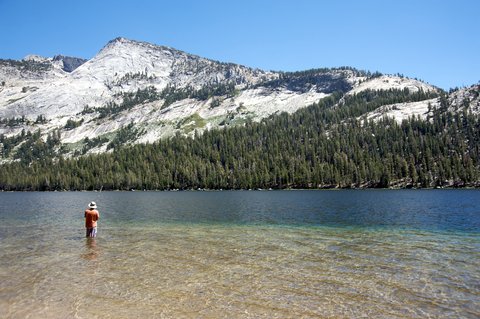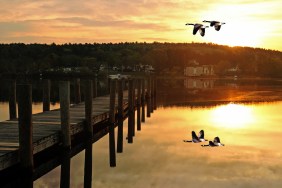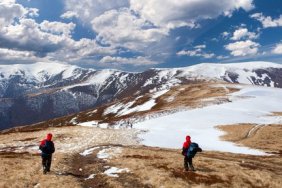
Every angler has experienced the uncertainty of fishing a new body of water, but fishing a new lake does not have to be an overwhelming experience. Following a few tips will simplify the process and put more fish in the boat and in less time.
Before fishing any new lake, one of the most important steps is acquiring a map of the lake. This takes much of the guess work out of the process. A good aquatic map will show drop offs, bars, points, stream inlets and outlets, bridges, channels, flats and other important information. Scan the map and mark a half-dozen locations that appear to be the most promising.
Another good step in the preparation process is to research fisheries reports. This can provide important information on the number/species of fish stocked in the lake. It can also offer insightful information about the species/size of fish that have been netted in fisheries surveys. A fisheries report is a good tool in helping to decide what kind of fish to pursue. A report may show a lake has very few smallmouth bass, but good numbers of northerns and walleyes. Place your focus on the species that offer the best chance of catching fish.
Before putting the boat in the water, make sure to stop at the local bait shop. Ask the owner where fish are being caught and what baits are hot. Mark each location on your aquatic map. Do any coincide with the areas marked previously?
Once on the water, the first thing to notice is where other people are fishing. This offers good insight into what areas are producing fish, but it is not a foolproof clue. On some lakes, locals will go to the same places every day, regardless of whether they are producing fish. Next, perform a visual survey of the lake. Look for clues that are not found on a map. These clues could be lily pads, dead trees, docks, cattails or any other type of visual structure. Cross-reference this information with the areas marked on the map and begin to prioritize those locations, based on all the information you have gathered.
The next step is the process of trial and error. Start at the most promising location on the map and begin fishing, moving down the list. Use a fish finder to help to determine if fish are present. Do not waste time on areas where fish are not biting or do not appear to be present. If 20-30 minutes pass without a bite, move to the next location. Keep moving until you hook a fish. When you do find fish, make sure to mark those areas on the map for future reference.
Doing thorough research before fishing a new body of water takes much of the guess-work out of the process and dramatically increases your odds of catching fish. It takes a little effort on the front end, but it will significantly decrease your headaches on the water.
© Jcamilobernal | Dreamstime.com – Man Fishing In A Lake In Yosemite Photo








